10 Ways Smart Cities Will Change Your Urban Adventures
In the rapidly evolving digital age, the concept of smart cities is transforming from a futuristic vision into a tangible reality. These urban landscapes are not merely about integrating advanced technologies but about creating a seamless, interconnected ecosystem that enhances the quality of life for its inhabitants. As cities worldwide embrace this transformation, they are poised to redefine urban adventures, offering experiences that transcend the ordinary. This article delves into how tomorrow's smart cities are set to revolutionize urban living, turning everyday experiences into extraordinary journeys beyond imagination, and exploring the myriad facets that contribute to this metamorphosis. Let's begin!
The Backbone of Connectivity: IoT and Urban Integration
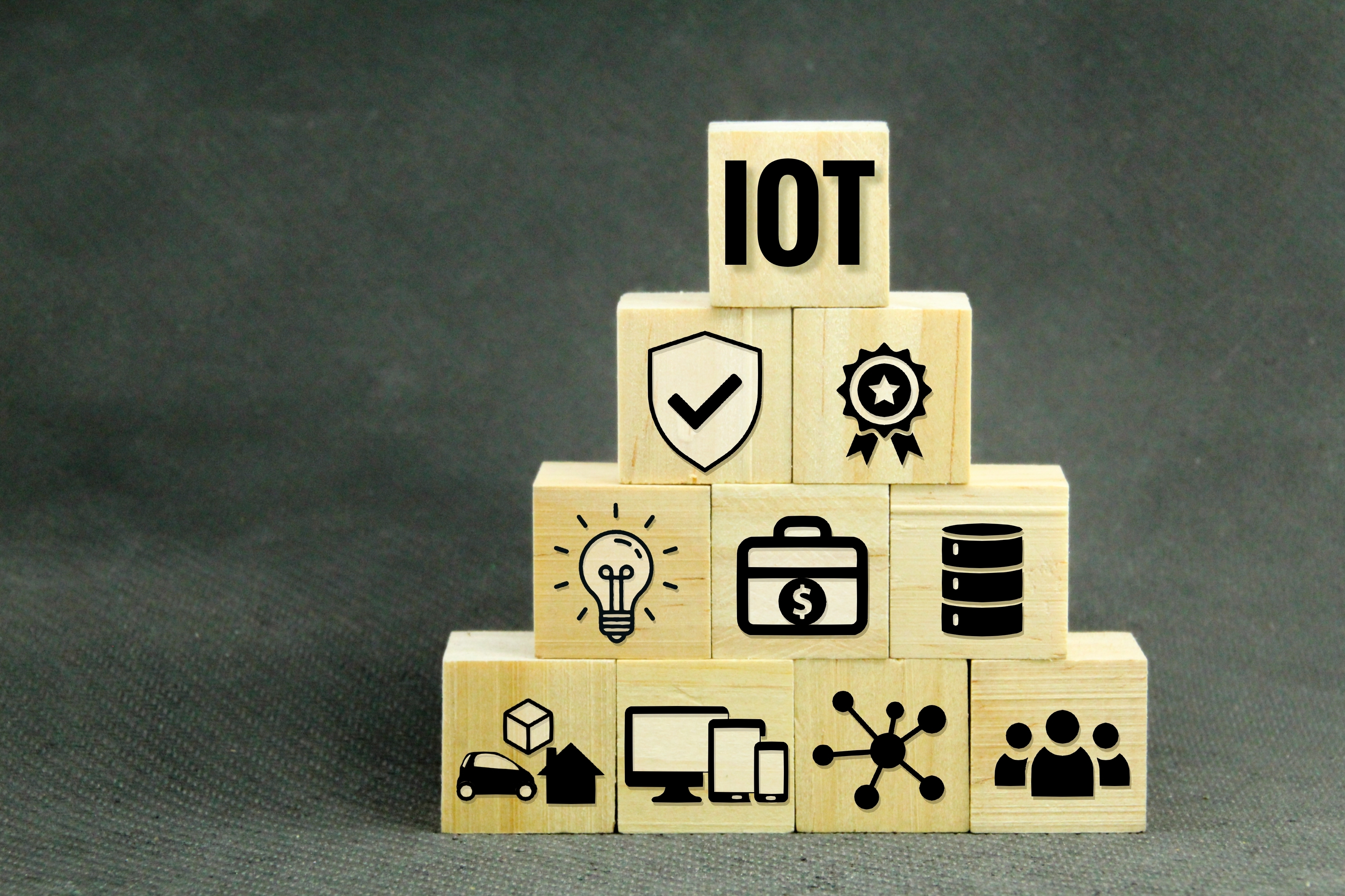
At the heart of smart cities lies the Internet of Things (IoT), which serves as the crucial infrastructure enabling seamless connectivity across various urban elements. IoT devices, ranging from sensors to smart grids, facilitate real-time data exchange, optimizing everything from traffic flow to energy consumption. This interconnectedness allows cities to function more efficiently, reducing waste and improving response times to urban challenges. As IoT technology continues to advance, smart cities will evolve into dynamic entities capable of adapting to the needs of their citizens, offering personalized experiences that enhance daily life and redefine urban adventures.
Sustainable Architecture: Building the Future
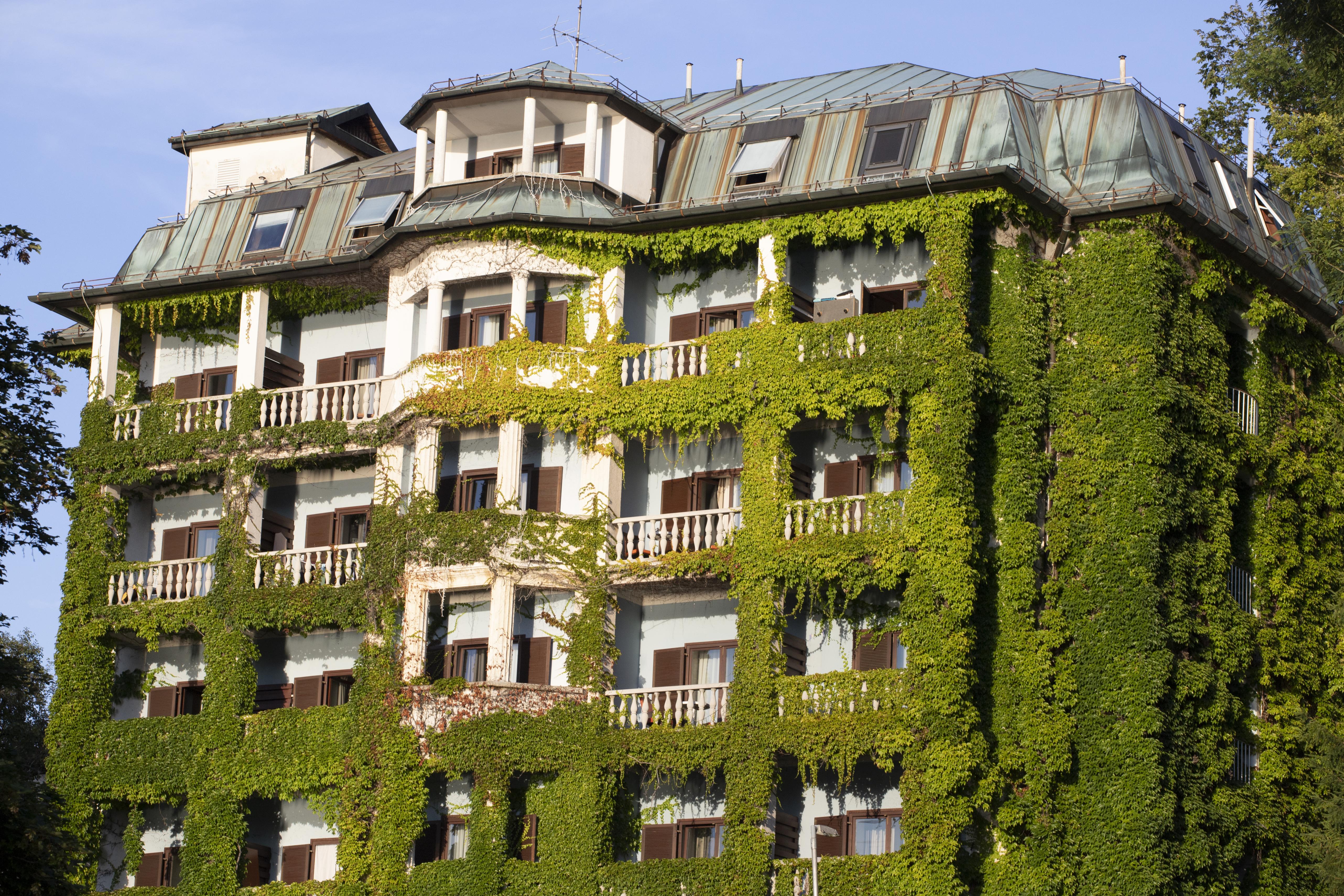
Sustainability is a cornerstone of smart city development, with innovative architecture playing a pivotal role in shaping eco-friendly urban environments. Green buildings, designed with energy efficiency and minimal environmental impact in mind, are becoming standard in smart cities. These structures utilize renewable energy sources, such as solar panels and wind turbines, and incorporate green roofs and walls to improve air quality. By reducing the carbon footprint and fostering sustainable living, smart cities are not only preserving the environment but also creating healthier, more vibrant spaces for residents to explore and enjoy, transforming mundane urban landscapes into revolutionary experiences.
Transportation Revolution: Autonomous and Shared Mobility

Transportation in smart cities is undergoing a significant transformation, driven by the rise of autonomous vehicles and shared mobility solutions. These innovations promise to reduce traffic congestion and lower emissions, offering a more efficient and sustainable means of urban travel. Autonomous vehicles, equipped with advanced sensors and AI, provide safe and convenient transportation, while shared mobility platforms, such as ride-sharing and bike-sharing, offer flexible alternatives to traditional car ownership. Together, these technologies are reshaping urban mobility, making city exploration more accessible and enjoyable, and paving the way for new adventures that are both environmentally friendly and user-centric.
Smart Infrastructure: Enhancing Urban Resilience
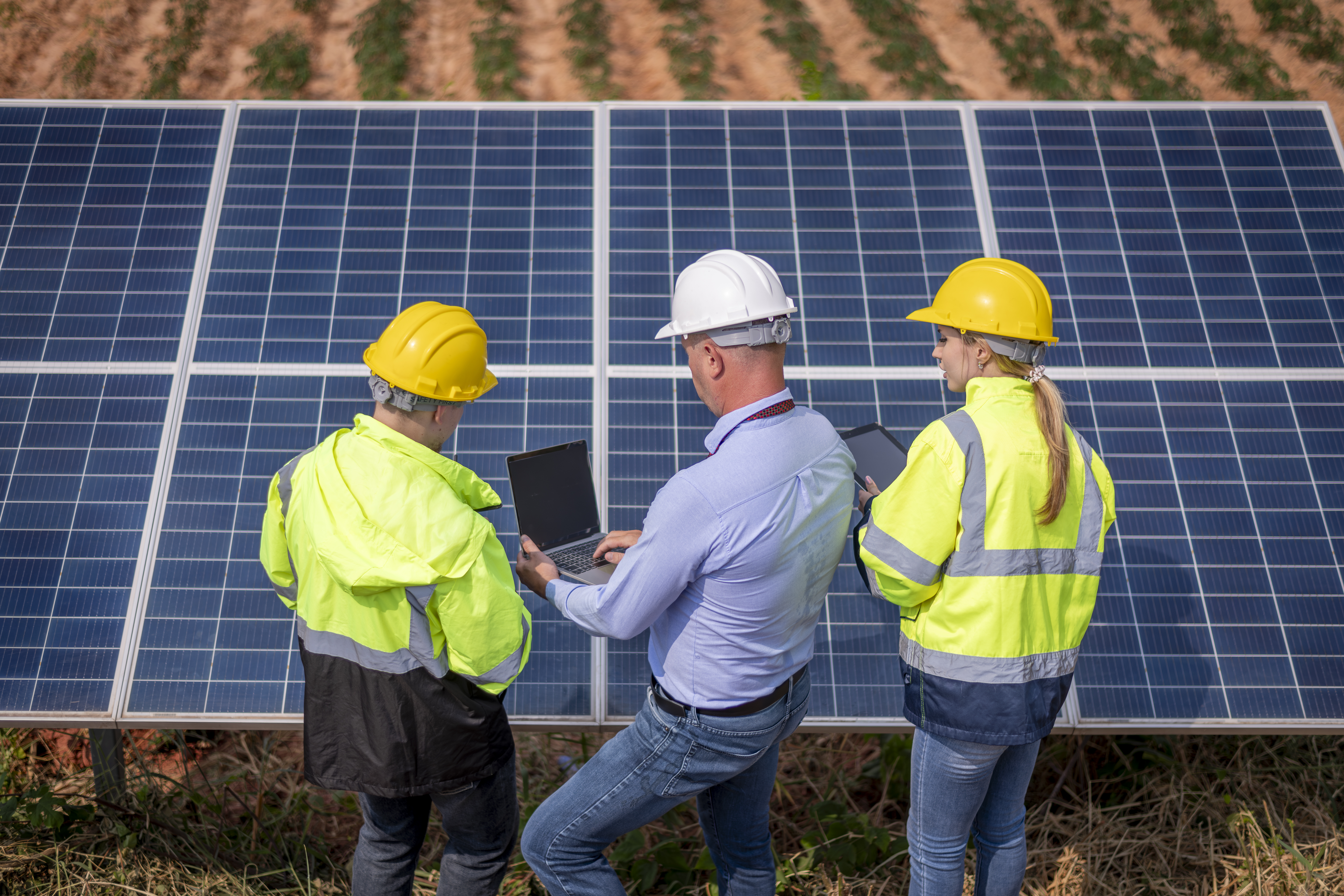
Smart infrastructure is a critical component of smart cities, designed to enhance urban resilience and adaptability. By integrating advanced technologies into bridges, roads, and utilities, cities can monitor and manage infrastructure health in real-time, preventing failures and optimizing maintenance. Smart grids, for example, enable efficient energy distribution, while intelligent water management systems ensure sustainable usage and quality. This proactive approach not only improves the reliability of urban services but also creates a safer and more resilient environment for residents. As a result, smart infrastructure transforms the urban landscape, offering a foundation for innovative experiences and adventures beyond traditional city living.
Digital Governance: Empowering Citizens
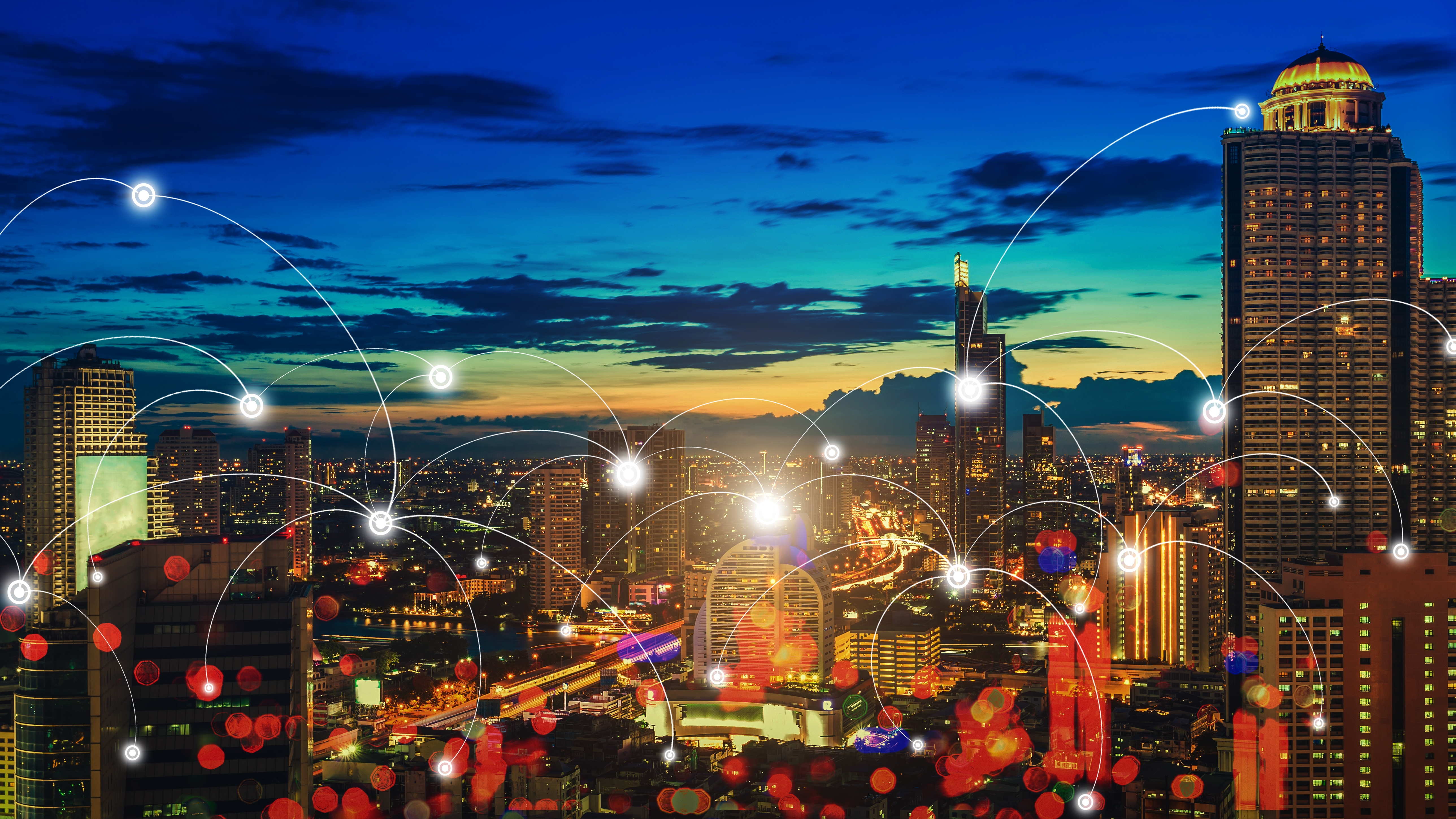
Digital governance is reshaping the relationship between citizens and their cities, fostering greater transparency, participation, and empowerment. Through digital platforms, residents can engage with local governments, access services, and contribute to decision-making processes. This shift towards participatory governance allows for more responsive and accountable urban management, ensuring that cities evolve in line with the needs and aspirations of their inhabitants. By empowering citizens to play an active role in shaping their urban environment, smart cities are creating a sense of ownership and community, transforming the way people experience and interact with their surroundings.
Health and Wellbeing: Urban Environments for Better Living

Smart cities prioritize the health and wellbeing of their residents, integrating technology and design to create environments that promote physical and mental wellness. Health monitoring systems, air quality sensors, and smart fitness infrastructure encourage active lifestyles and provide real-time data to support healthy living. Additionally, urban planning in smart cities often includes green spaces and recreational areas, offering residents opportunities to unwind and connect with nature. By fostering environments conducive to wellbeing, smart cities are not only enhancing the quality of life for their citizens but also transforming urban spaces into nurturing, revitalizing experiences that go beyond the mundane.
Cultural and Social Experiences: A New Era of Engagement
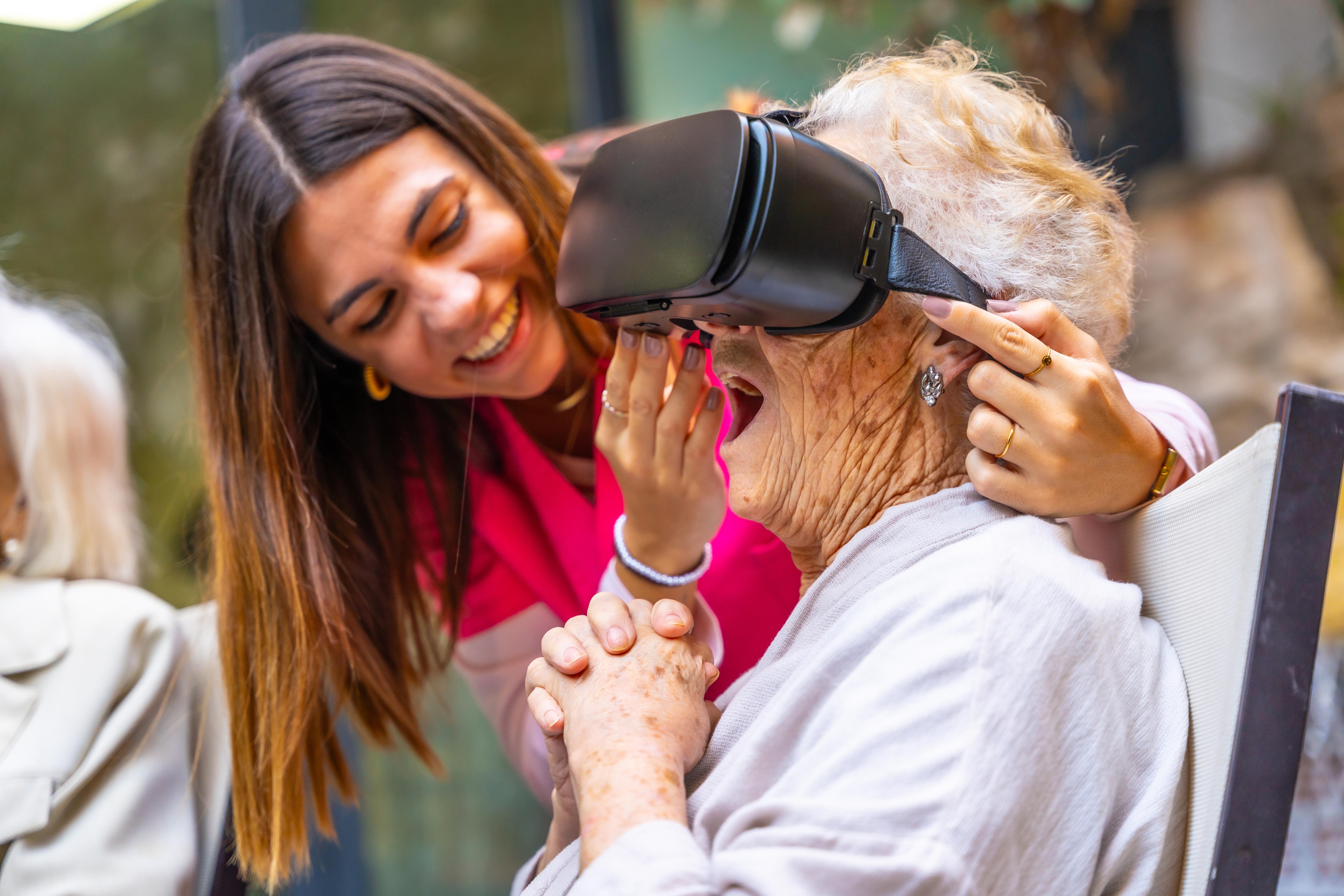
Smart cities are redefining cultural and social experiences, leveraging technology to enhance engagement and accessibility. Digital platforms and virtual reality enable residents and visitors to explore museums, galleries, and historical sites in innovative ways, breaking down barriers to cultural participation. Additionally, smart cities often host interactive public art installations and community events, fostering a vibrant cultural scene that encourages social interaction and community building. By creating inclusive and engaging cultural experiences, smart cities are transforming urban adventures, offering residents and visitors alike opportunities to connect with their surroundings and each other in meaningful ways.
Education and Innovation: Learning in the Smart City

Education in smart cities is evolving to meet the demands of a rapidly changing world, integrating technology to enhance learning experiences and foster innovation. Smart classrooms equipped with digital tools and resources provide personalized learning opportunities, while online platforms and virtual reality offer flexible and immersive educational experiences. Furthermore, smart cities often serve as living laboratories for innovation, encouraging collaboration between educational institutions, businesses, and government. By nurturing a culture of learning and creativity, smart cities are preparing residents for the challenges of the future, transforming education into an adventure of discovery and growth.
Economic Opportunities: The Rise of the Smart Economy

The smart economy is a driving force behind the development of smart cities, creating new economic opportunities and fostering innovation. By leveraging technology and data, smart cities attract businesses and startups, driving economic growth and job creation. Smart infrastructure and digital platforms enable efficient business operations, while access to real-time data supports informed decision-making. Additionally, the emphasis on sustainability and resilience in smart cities appeals to environmentally conscious consumers and investors. As a result, smart cities are becoming hubs of economic activity, offering residents exciting opportunities for career advancement and entrepreneurship, transforming urban living into a dynamic and prosperous experience.
Security and Privacy: Navigating the Digital Landscape

As smart cities become more interconnected, ensuring security and privacy is paramount. Advanced cybersecurity measures and data protection protocols are essential to safeguard residents’ information and maintain trust in digital systems. Smart cities implement robust security frameworks to protect against cyber threats, while also addressing privacy concerns through transparent data management practices. By prioritizing security and privacy, smart cities create a safe and trustworthy environment for residents, allowing them to fully embrace the benefits of digital technology. This focus on security transforms urban experiences, providing peace of mind and enabling residents to explore and interact with their city without fear.
The Future Vision: A Collaborative Urban Evolution

The transformation of today's urban environments into tomorrow's smart cities is an ongoing journey, requiring collaboration between governments, businesses, and citizens. This collective effort is essential to address the challenges and opportunities that arise as cities evolve. By fostering partnerships and encouraging innovation, smart cities can continue to adapt and grow, ensuring they meet the needs of their residents and the planet. As we look to the future, the vision of smart cities is one of inclusivity, sustainability, and resilience, offering revolutionary experiences that inspire and empower individuals to explore and shape their urban adventures beyond imagination.








